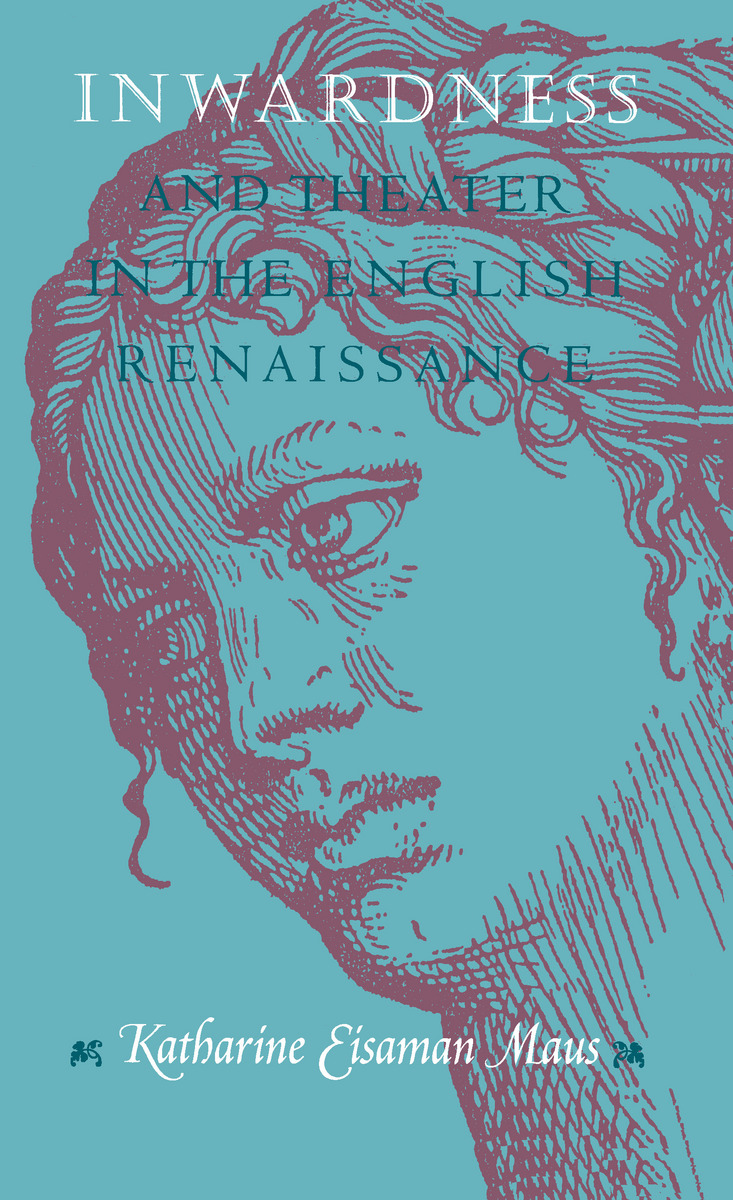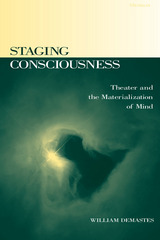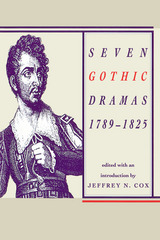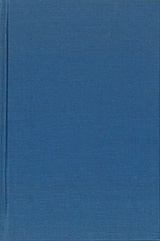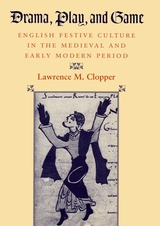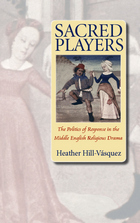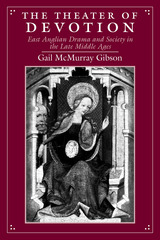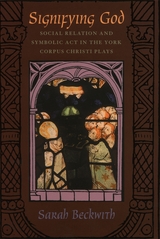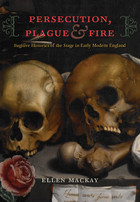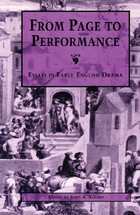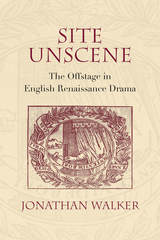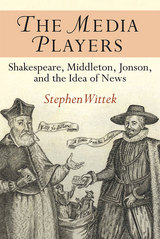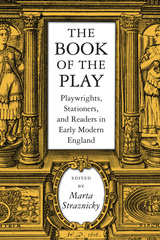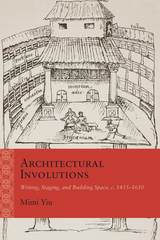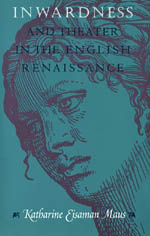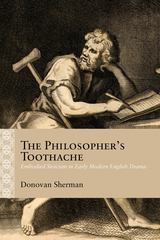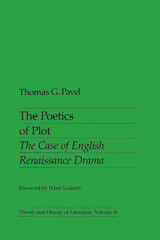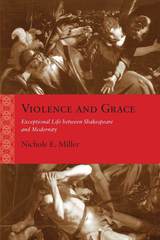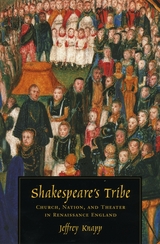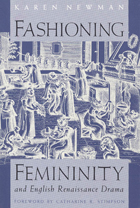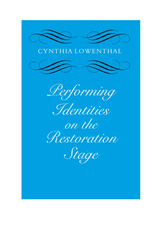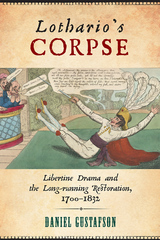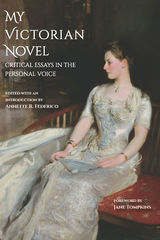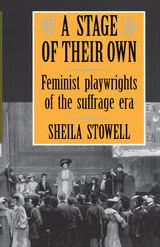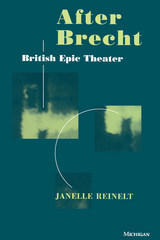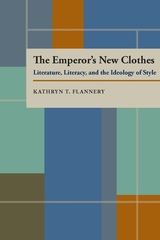Inwardness and Theater in the English Renaissance
University of Chicago Press, 1995
Paper: 978-0-226-51124-5 | Cloth: 978-0-226-51123-8
Library of Congress Classification PR658.P48M38 1995
See other books on: 1564-1616 | Early modern and Elizabethan, 1500-1600 | Early modern, 1500-1700 | English drama | Shakespeare, William
See other titles from University of Chicago Press
Paper: 978-0-226-51124-5 | Cloth: 978-0-226-51123-8
Library of Congress Classification PR658.P48M38 1995
ABOUT THIS BOOK | TOC | REQUEST ACCESSIBLE FILE
ABOUT THIS BOOK
Katharine Eisaman Maus explores Renaissance writers' uneasy preoccupation with the inwardness and invisibility of truth. The perceived discrepancy between a person's outward appearance and inward disposition, she argues, deeply influenced the ways English Renaissance dramatists and poets conceived of the theater, imagined dramatic characters, and reflected upon their own creativity.
Reading works by Kyd, Marlowe, Shakespeare, Jonson, and Milton in conjuction with sectarian polemics, gynecological treatises, and accounts of criminal prosecutions, Maus delineates unexplored connections among religious, legal, sexual, and theatrical ideas of inward truth. She reveals what was at stake—ethically, politically, epistemologically, and theologically—when a writer in early modern England appealed to the difference between external show and interior authenticity. Challenging the recent tendency to see early modern selfhood as defined in wholly public terms, Maus argues that Renaissance dramatists continually payed homage to aspects of inner life they felt could never be manifested onstage.
Reading works by Kyd, Marlowe, Shakespeare, Jonson, and Milton in conjuction with sectarian polemics, gynecological treatises, and accounts of criminal prosecutions, Maus delineates unexplored connections among religious, legal, sexual, and theatrical ideas of inward truth. She reveals what was at stake—ethically, politically, epistemologically, and theologically—when a writer in early modern England appealed to the difference between external show and interior authenticity. Challenging the recent tendency to see early modern selfhood as defined in wholly public terms, Maus argues that Renaissance dramatists continually payed homage to aspects of inner life they felt could never be manifested onstage.
See other books on: 1564-1616 | Early modern and Elizabethan, 1500-1600 | Early modern, 1500-1700 | English drama | Shakespeare, William
See other titles from University of Chicago Press
